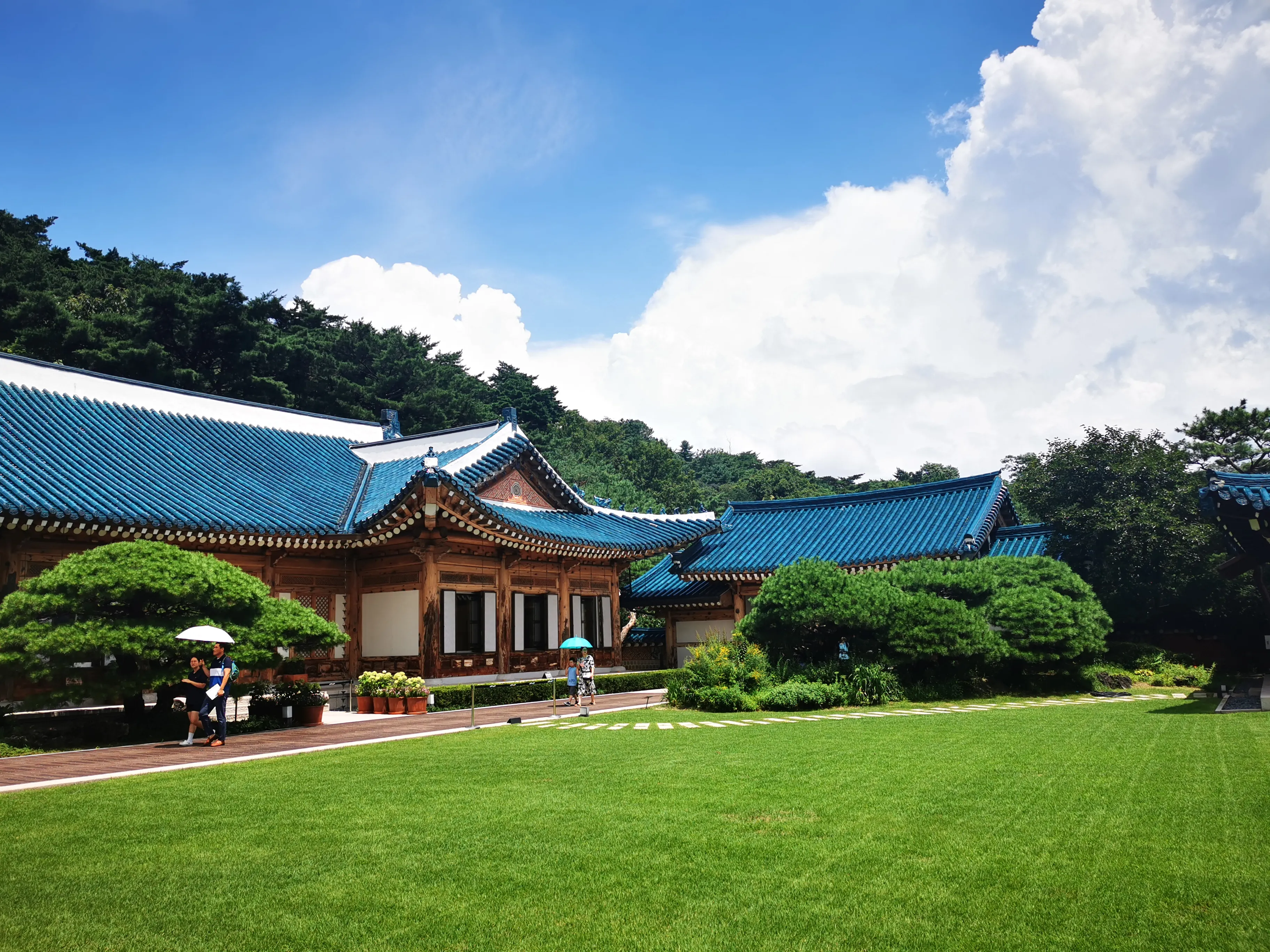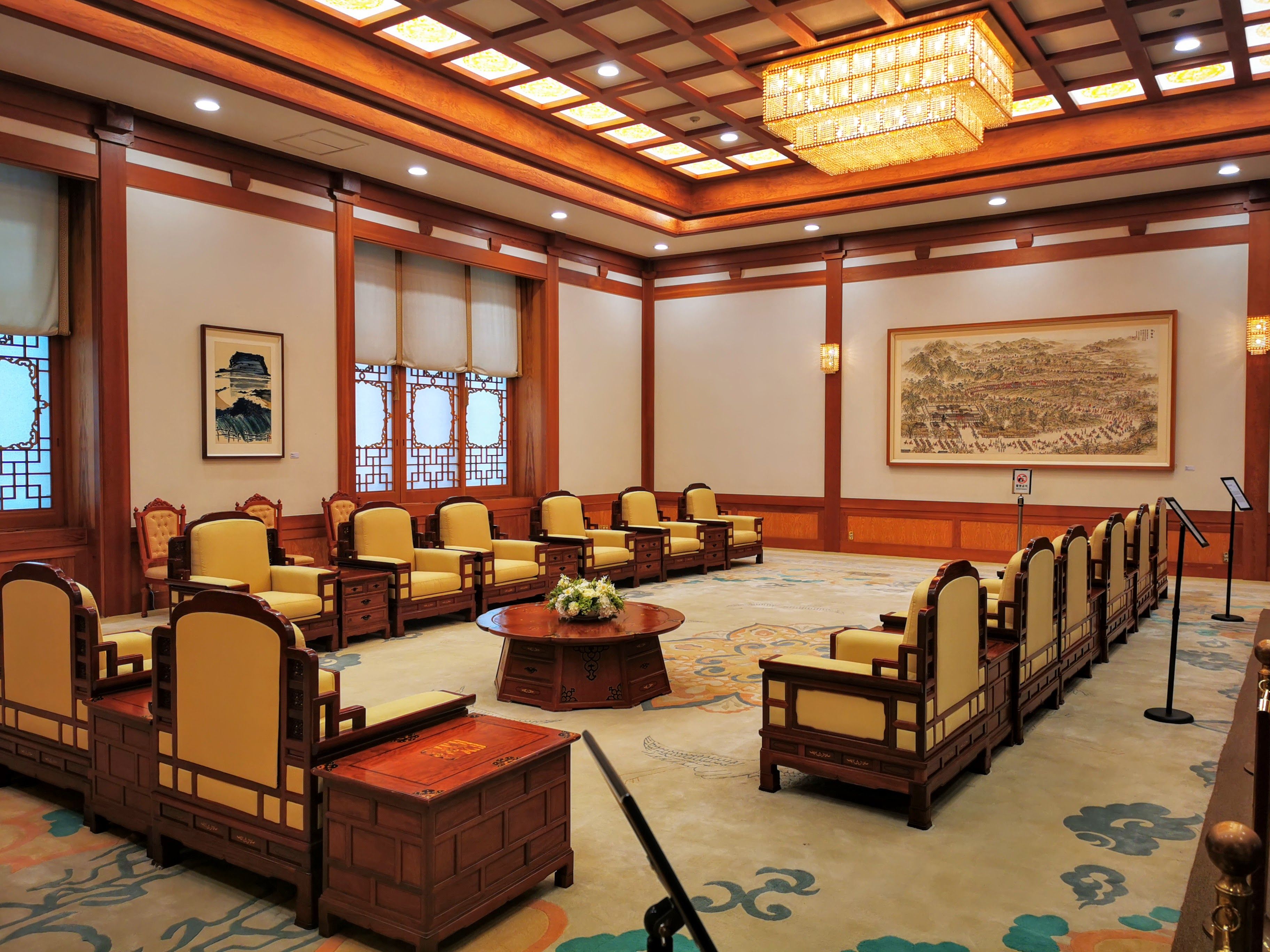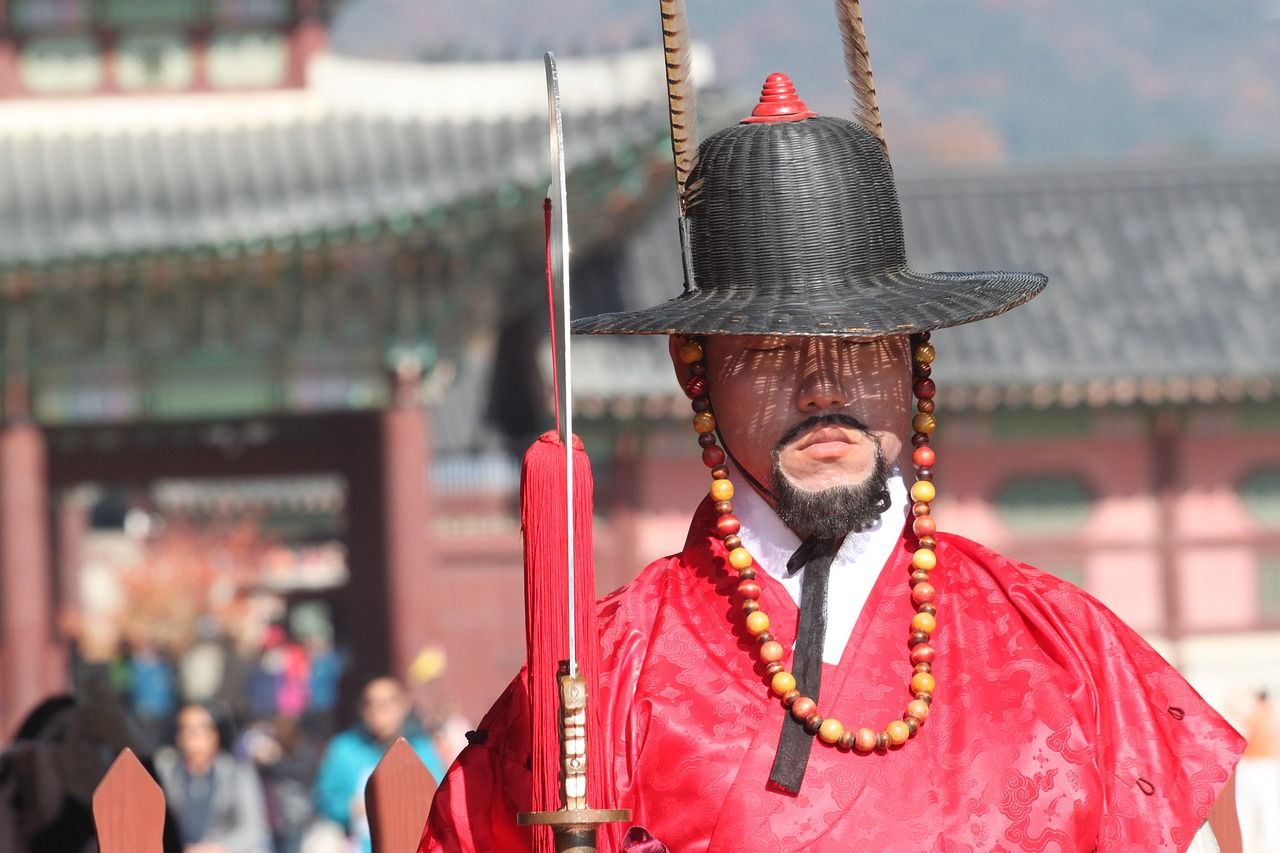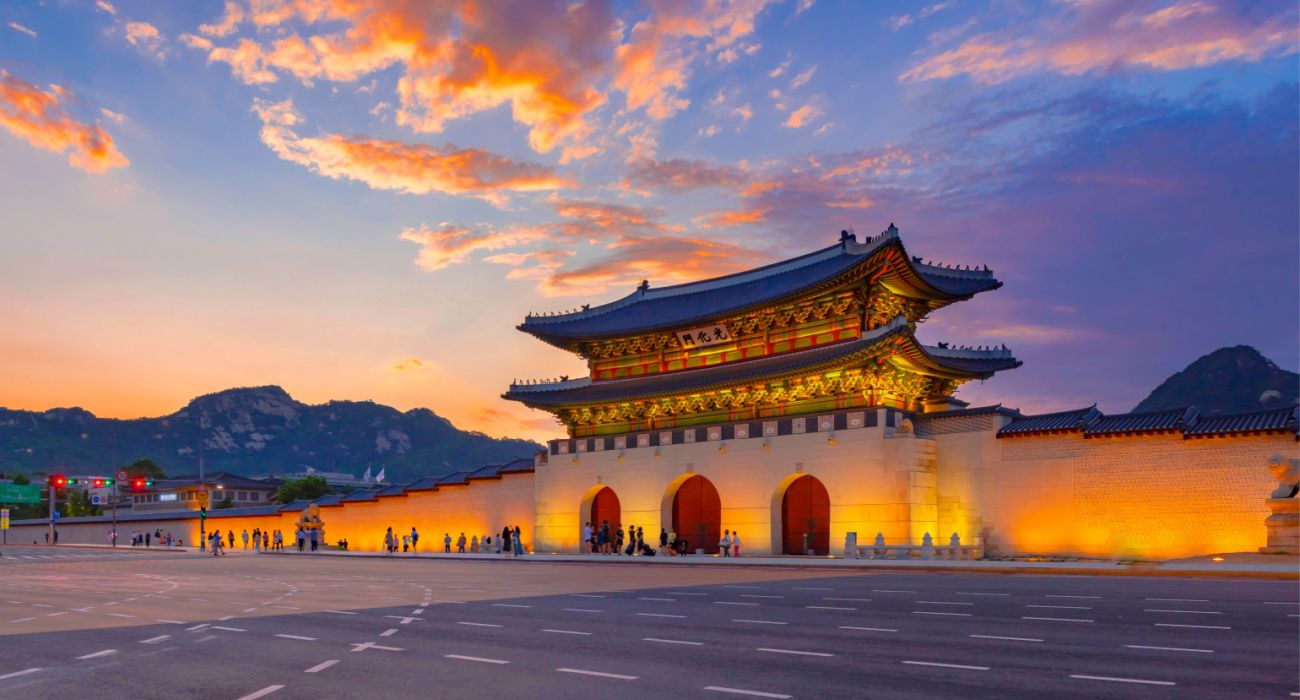Summary
- The Blue House, the former presidential residence of South Korea, has been turned into a museum and public park, offering visitors a glimpse into the country’s history and the transition from dictatorship to democracy.
- The Blue House complex includes traditional Korean architecture, manicured gardens, and luxurious interior buildings. Visitors can explore the main buildings, such as the Main Office Hall and the State Reception House, while some areas remain closed to the public.
- A visit to the Blue House is an opportunity to learn about modern Korea and its blending of rich Asian history with contemporary times. It is recommended to allocate at least one to three hours to explore the complex and also visit the neighboring Gyeongbokgung Palace.
Just behind the historic palace and royal administrative complex of Gyeongbokgung Palace in Seoul is the Blue House. While the Gyeongbokgung Palace has existed since the earliest times of independent Korea, the Blue House was the modern presidential palace. The Blue House has just been turned into a museum in Seoul.
In 2022, the Korean President moved out of the Blue House into a building just next to the massive Korean War Memorial (which is also free and worth visiting). At Gyeongbokgung Palace and the Blue House visitors can see the ancient Korea meet the modern Korea and the contrast is understandably stark.
The Blue House – The Former Presidential Residence Of The Korean President
The Blue House in Seoul, Korea
The Blue House (called Cheong Wa Dae in Korean) was the official residence of the president of South Korea between 1948 and 2022. It is now a public park and is open to the public and should be visited as part of exploring the Gyeongbokgung Palace (located across the road).
South Korea used to be a dictatorship, but over time it has transitioned to one of the world’s democracies. The Blue House was associated with the history of Korea and modern Korean presidents have sought to distance themselves from it.
The modern history of South Korea has been troubled both by conflict with the North and from its own transition into the free-loving country it is today.
- In Use: 1948 to 2022
- Former: Official Residence of the President of South Korea
The Blue House is the Korean counterpart to the White House of the United States. The move to make it a park is analogous to the US President moving out of the White House and making it into a museum and park for the public.
The Blue House Is A Complex Of Buildings & Gardens
Interior of the Blue House Korea
The Blue House is actually a complex of buildings that include manicured gardens where the Korean president would recreate and entertain foreign guests. The buildings are built in the traditional Korean architectural style and the complex covers around 62 acres.
The name of the building stems from the blue tiles on the Main Office (the roof has around 150,000 titles). Each of the tiles was baked individually so that they could last for hundreds of years. The interior of the buildings is luxurious and spacious. Everywhere visitors see the old heritage of Korea united with the new.
Main Buildings Of The Blue House Complex:
- Main Office Hall (Bon-gwan)
- The Presidential Residence
- The State Reception House (Yeongbin-gwan)
- Spring and Autumn Hall (Chunchu-gwan)
- The Press Hall
- The Secretariat Buildings
The gardens include the Nokjiwon Garden and the Rose of Sharon Hill.
Not all of the buildings are open to the public, although most of the main building is. Understandably for a modern presidential residence, parts of the building are closed to the public including any bunkers if they exist.
This was one of the most protected official residences in Asia (one Korean president was assassinated there in 1979).
What To Know About Visiting The Korean Blue House
Guard in traditional clothes at Gyeongbokgung Palace
At the Blue House, visitors can see the former nerve center of the administrative branch of the Korean government. Visitors see the rooms where the Korean president and other officials would hold press meetings and more.
The Blue House is one of the newest must-see attractions to have on the bucket list while exploring South Korea.
- Admission Fee: Free
- Opening Hours: 9:00 am to 6:00 pm
The Blue House has plenty of staff to help guide the visitors. Visits are self-guided, but there is staff standing in almost every room and many of them are fluent in English and only too willing to explain the history and significance of the building and answer any questions.
The Blue House is a great place to learn about modern Korea and how the nation blends its rich Asian history with modern times. Korea has a fascinating history that is all too often overshadowed by its larger neighbors, China and Japan.
Gyeongbokgung Palace gate at sunset
Visitors should plan to spend at least one hour to see the Blue House, but they can easily spend two or three hours exploring the whole former Presidential complex. Explore the neighboring Gyeongbokgung Palace and see how the country has transitioned from its history with kings to being a modern republic with a presidential head of state.
The Gyeongbokgung Palace is one of the great historic palaces that everyone should explore around the world. Both the palace and the Blue House need to be on any itinerary of things to see and explore while in Korea.
Credit: Source link



